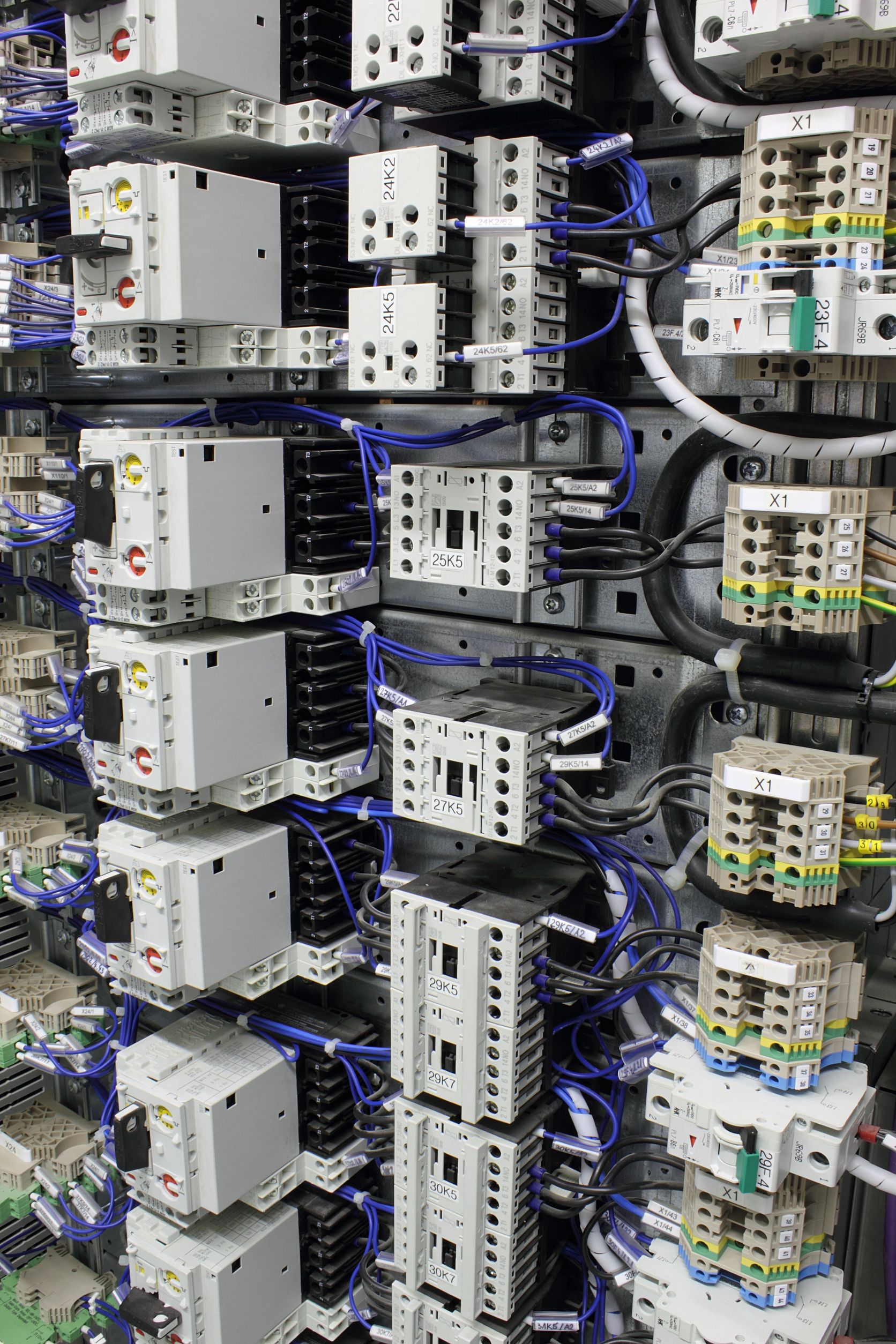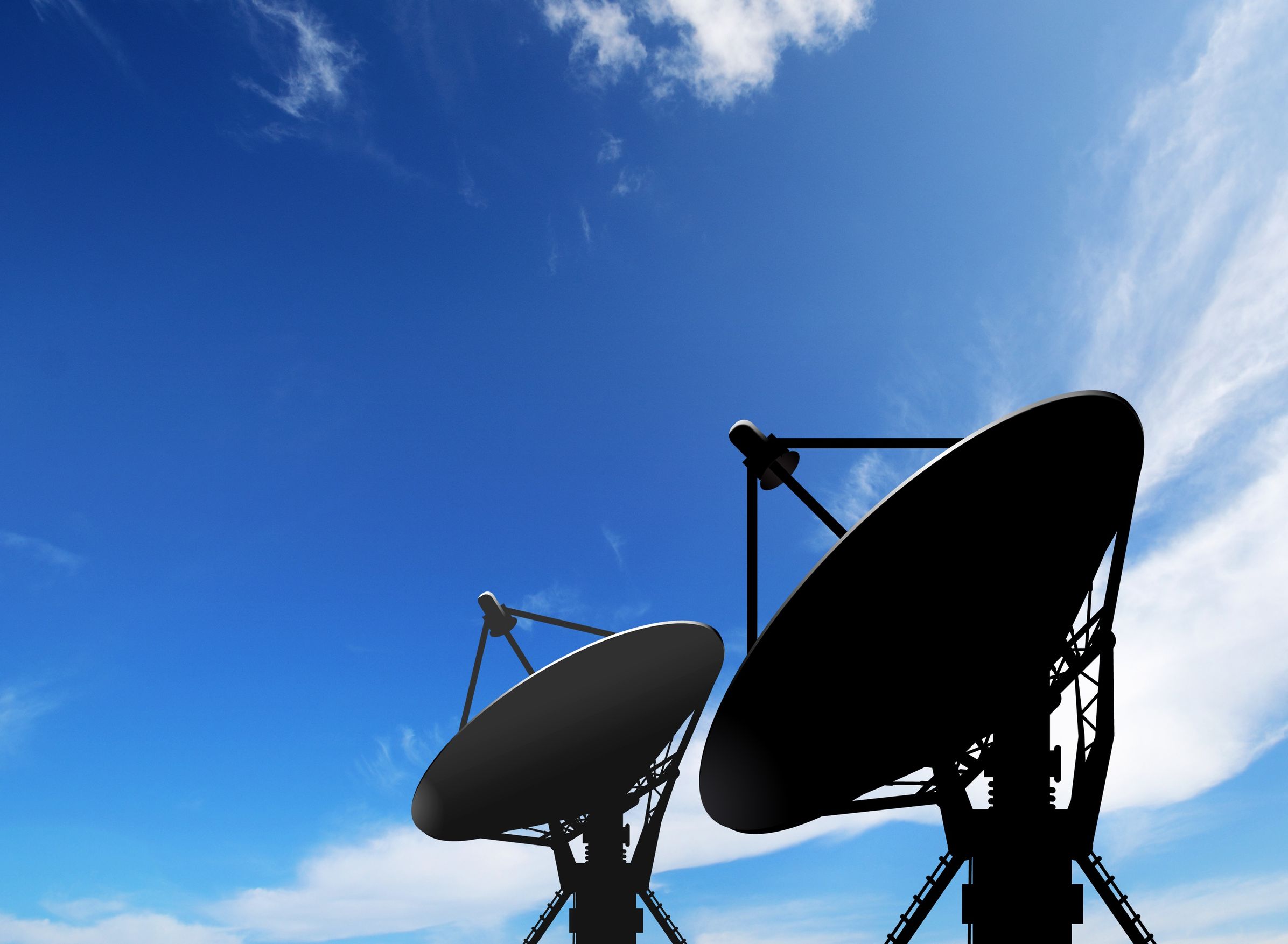From better performance to lowered costs, the benefits of the T.38 fax protocol are many. When you take into account that the T.38 is really an Internet-based upgrade for the traditional fax, you can see how it breathes new life into an older technology.
The T.38 fax protocol means that you’re no longer dealing with your mother’s fax machine, or at least with the way your mother’s faxes were once transmitted.
The T.38 is new as compared to the oldest of fax methods, but it’s not all that new. Though upgrades and improvements are ongoing for the technology, it was introduced in 1998 as a means of transmitting faxes over Internet protocol, or IP, networks.
Though it would seem that fax machines aren’t used as heavily as they once were, they are still a vital element for communications at many different types of businesses. While the practice of scanning and e-mailing documents has risen, the T.38 fax protocol has helped ensure that the fax would remain as relevant as ever.
In a nutshell, the T.38 fax protocol provided an upgrade for the practice of faxing in the same way that Skype and like methods provided an Internet-based upgrade for talking on the phone. In fact, the T.38 fax protocol offered better performance over faxing methods that used the voice over Internet protocol, or VoIP, technology upon which Skype operates.
Lower Costs and Better Performance: The Benefits of the T.38 Fax Protocol
The advantages of adopting the T.38 fax protocol begin with the optimization of bandwidth, which is increasingly necessary in the workplace and beyond.
Ideal because of its “real-time” properties, the T.38 fax protocol was configured with the classic fax in mind. This means that, while you may not be using your mother’s faxing technology, the experience of sending a fax is designed to be largely like using a traditional fax machine — only better.
An advantage of the T.38 fax protocol is that it isn’t difficult to implement or to use. Moreover, it negates the necessity of PSTN phone jacks because it instead employs fax servers.
With the ability to tackle lists of multiple recipients, the T.38 saves time and increases efficiency, which ultimately adds up to significant cost reduction.
The financial savings don’t end there, however.
The T.38 fax is most cost effective than its predecessor because it transmits via an IP network, with eliminates the need for PSTN and reduces costs derived from long-distance calling fees.
The overall consolidation of technologies also makes the T.38 attractive to managers who seek to streamline processes and increase profits in the process. Less overhead in the way of fax-related costs are bound to add up and a transition from old to new stands to pay for itself in the long, or short, term.


